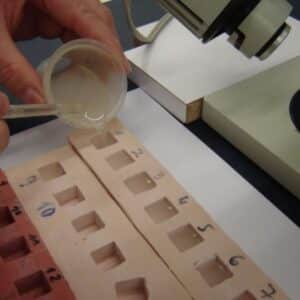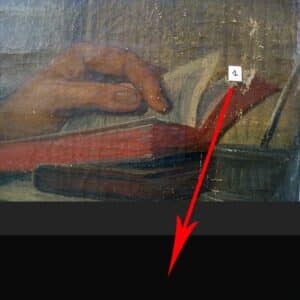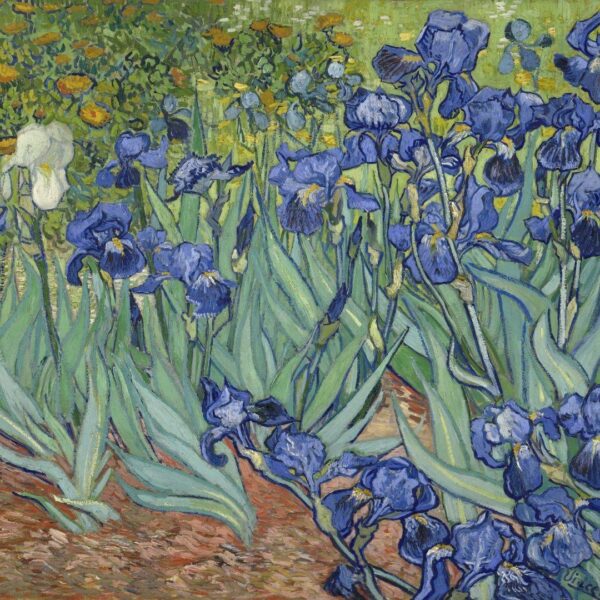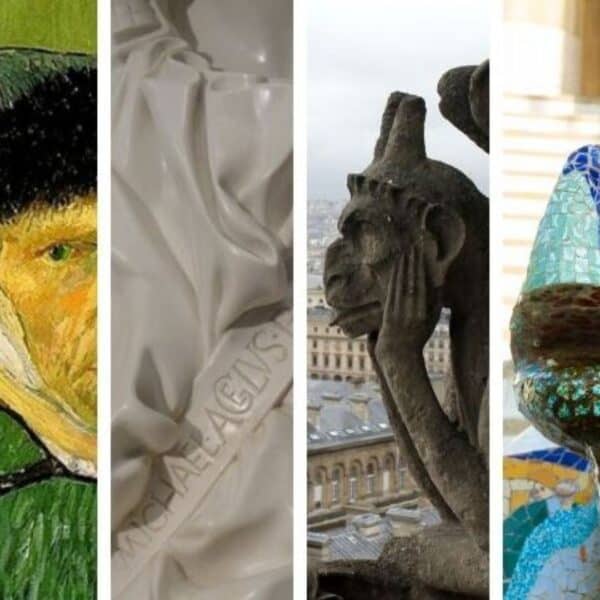The study of pigments in art is a multidisciplinary field that combines chemistry, physics and biology, as well as art history and other fields, to understand pigments and their behavior.
This study is fundamental to art restoration and for the appreciation, conservation and authentication of works of art.
In this online course with certificate on pigments in art and restoration you will learn essential aspects for the conservation and restoration of works of art
The pigments in art contain key elements for approaching a work of art and its restoration , as well as providing valuable information about the period, the style and techniques of the artists, their origin and authenticity.
One of the fundamental aspects is the study of the chemical composition of pigments and how it affects their color; or their physical properties that inform the way they interact with light.
Language: English
Also available in Español | Português
Pigments in Art Restoration and Research
The price of the course includes lifetime access to all the content and an international certificate
How it works
Course structure – Pigments in art restoration and research
Topic 1 – Introduction to pigments

1 – General characteristics of pigments
- Types and origin
- Structure and granulometry
- Optical and physical properties of pigments
- Chemical properties of pigments
- Chemical reactions that give rise to pigments
- Examples of chemical elements used in the production of artistic pigments and how they tend to behave when they are pigments.
Topic 2 – Pigments as artistic material

2.1. Manufacturing process.
2.2. The composition of pigments and its importance in artistic creation
2.3. Compatibility with the other materials that integrate a work of art
Topic 3 – Restoration and conservation of pigments

1. Restoration
1.1. Degradation factors and main pathologies
1.2. Overview of pigments and techniques used in the restoration of works of art.
2. Conservation
2.1. The importance of preventive conservation in the preservation of pigments.
2.2. Methods and materials for the protection of pigments.
2.3. Ethical and legal considerations in the conservation of pigments
Topic 4 – The use of pigments in the research and dating of works of art

4.1. The use of pigments as chronological indicators (brief historical overview of pigments)
4.2. Techniques, style and materials as a chronological indicator
4.3. Limitations and considerations in the use of pigments for dating works of art
Author

Aida Martinez
She has a degree in Art History from the University of Murcia and a diploma in Restoration and Conservation of Works of Art from the Gaia School of Art (Valencia). Conservation of Works of Art at the Gaia School of Art (Valencia). Thanks to the Master’s Degree in Analysis and Authentication of Works of Art from the Universitat de València, she was able to specialize in areas such as the analysis of works of art, technical photography and the evaluation of works of art.
She did her internship for this master’s degree at the CAEM (Centre d’Art d’Època Moderna). She worked on “ME-FECIT, analysis and valuation of works of art”. She has also participated in restoration projects as important as the restoration of the Valeriola Palace, which currently houses the Hortensia Herrero Art Center (Valencia).




